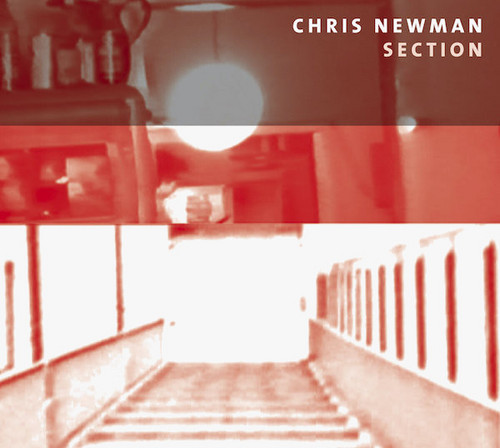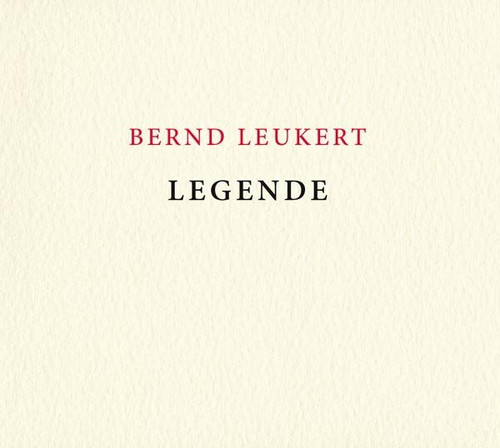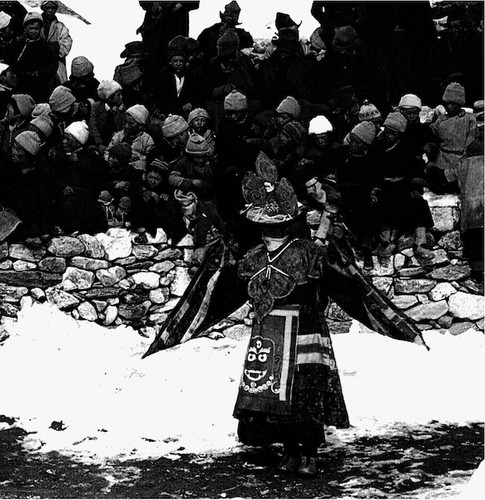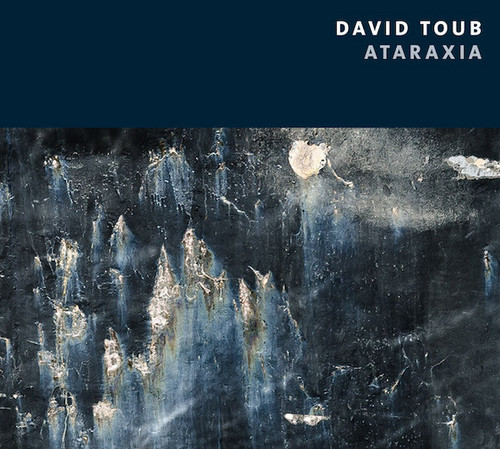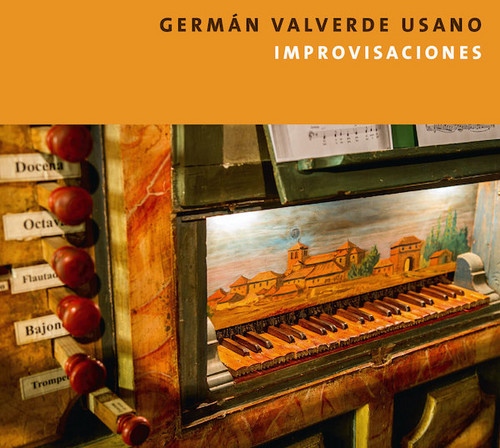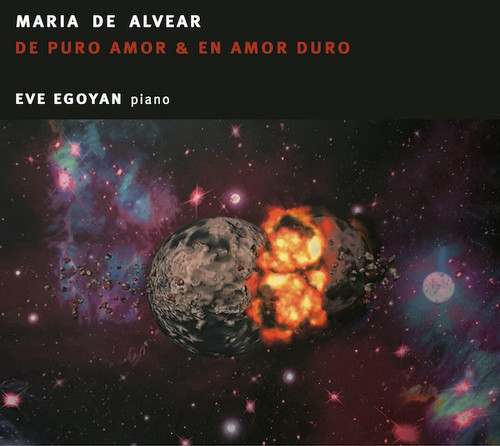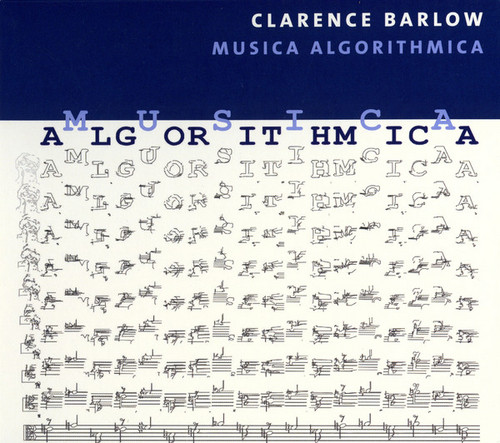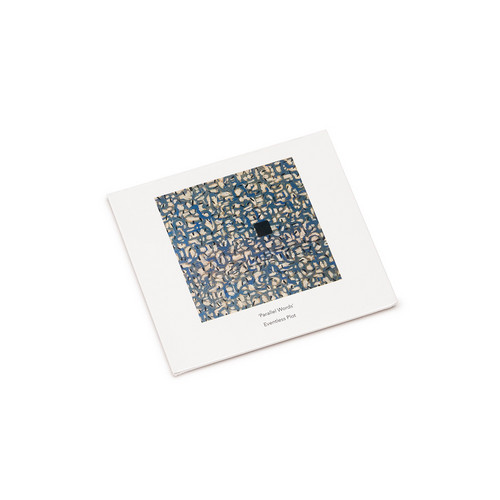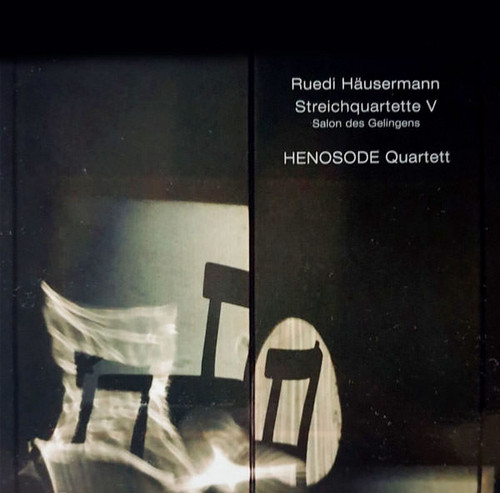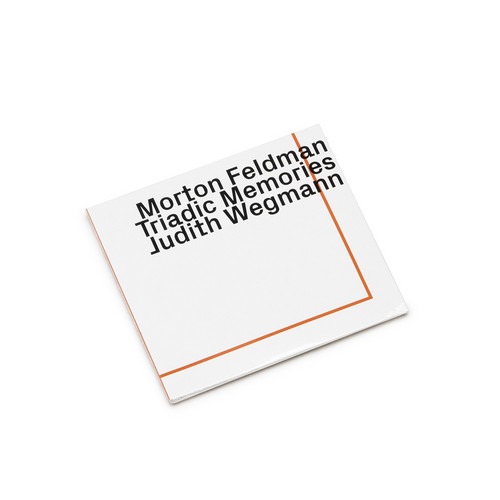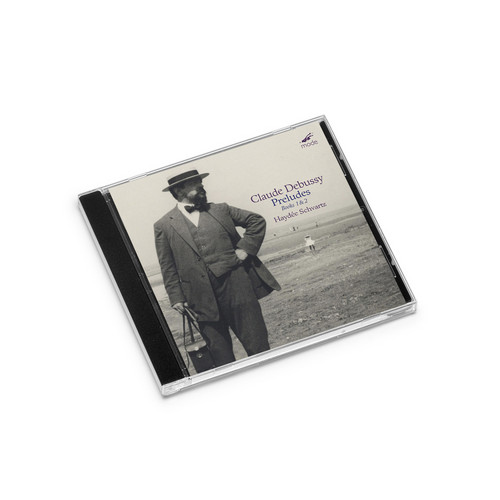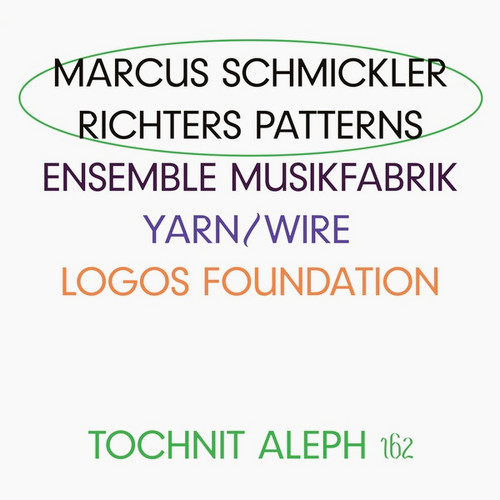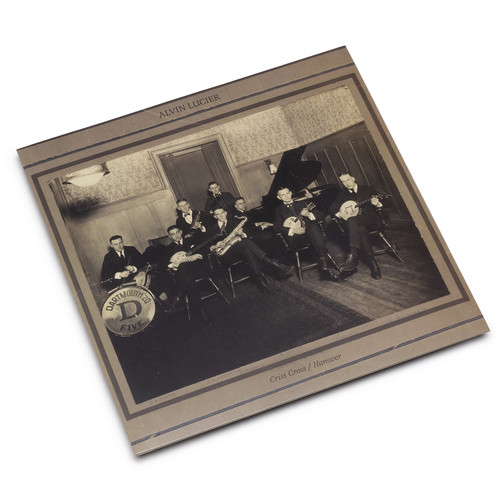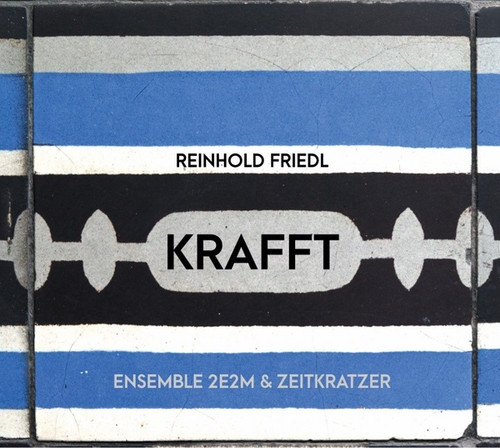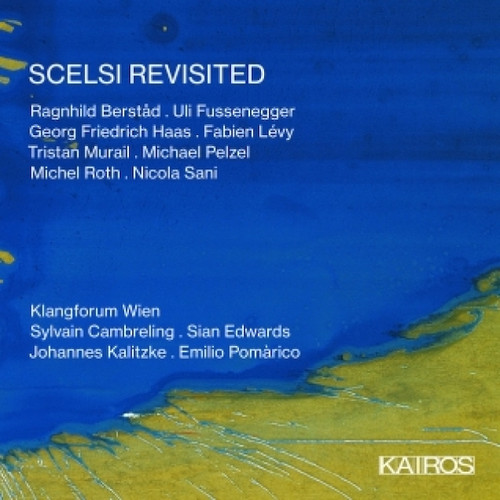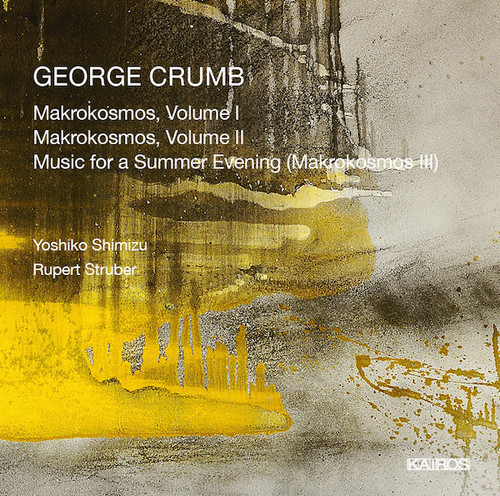Sexo Puro
* 2021 stock * Nobody who attended the first performance of Sexo Puro is ever likely to forget it. On that October afternoon, the conciliatory power of this work, which Maria de Alvear sees as a “meditation on inner goodness”, came into sharp collision with the irreconcilable powers that sometimes gather at contemporary-music festivals.
It was probably not even the theme of sexuality that so profoundly disturbed a part of the audience at the 1998 Donaueschingen Festival, even though it is seldom…
Section
* 2021 stock * The structures of Chris Newman's music are apparently simple, like his music pictures: large, thick dots of notes, but a lot of space in between: "The raw and the cooked" (Roland Barthes). He himself likes to cook well and with pleasure. Just his lamb chops, for example. He only puts them in a hot pan with oil; there is also chard, just pulled out of the water, but also more complicated things: coq au vin or bœuf bourguignon.His music has a strong physical structure, is quasi carn…
Legende
* 2021 stock * Acousmatic events dispense with performers. There are no musicians, even at public concerts. The audience is able to follow what is emanating from the loudspeakers with eyes closed and still not miss anything. What it hears is composed, and demands the same attention as any other kind of music listened to on a stereo system or via headphones. It is worth remarking this fact because so many people are no longer able to hear things without seeing something as well in video clips or …
Anabasi
* Edition of 200 * In what might appear to be a paradox of logic, much of the history of avant-garde music - from Eric Satie, John Cage, and Morton Feldman, through the minimalists, post-minimalists, and beyond - has presented new forms radicalism through remarkable, self-imposed constraint. Sometimes structural, others tonal, temporal, or a combination of any of the three, these limitations and focus not only place demands of focus and attentiveness on the listeners, drawing the ear toward subt…
Ataraxia
*2020 stock* Unlike my earlier freetonal and 12-tone works, my music since 1981 has been characterized by the use of repetition, and since 2004 by generally soft dynamics. While often termed "minimalist" or "postminimalist," I have come to prefer the term "focused music," as my works tend to concentrate on very specific, and often a limited number of, music elements.
Typically, there is but a single dynamic level specified, and sometimes not even that. I like to provide a good deal of freedom fo…
Im Klang Sein
*2020 stock* To be within the sound - not to expect anything - no beautiful moments - no big emotions - no artfulness- but to follow, from note to note, a sound that carries the music, a sound within the sound: it changes slowly at a tempo that suggests a movement at a great distance, one that might leave our gravitational field, in which gravity is reduced and which is not even always recognized because of its slowness.
This "sound-space", which touches the cosmos but is at the same time percep…
Angelus Novus
*2021 stock* Angelus novus is the third opera by Madrid composer Jorge Fernández Guerra. This time, he draws on a selection of texts by Walter Benjamin, which he uses to create a dialogue of sorts between a male character and a female character, who could be an alter ego or perhaps an angel.
The dialogue appears to transpire during the final moments of the character’s life, which may be reminiscent of Benjamin’s final moments at the Spanish border as he fled the Nazis.
Angelus novus premiered a…
Improvisaciones
*2020 stock* The double CD Improvisaciones is an homage to the Iberian baroque organ. Germán Valverde Usano’s music reminds one of the rich music tradition of the autonomous community of Castile and León as well as its rich cultural heritage with over 100 conserved Iberian baroque organs. The recordings took place in 2016 in San Agustín in Capillas not far from the capital city Palencia (Spain).
Germán Valverde Usano’s passion for the Iberian organ as well as his extraordinary musical talent are…
De Puro Amor & En Amor Duro
*2021 stock* What is one to make of Maria de Alvear’s two long solos for piano, De puro amor (‘Of pure love’) and En amor duro (‘In hard love’), both composed in 1991. The scores themselves, if one decides to start from here, are completely perplexing. Pages and pages are marked with hastily scratched notes, sometimes repeating themselves dozens of times. Little priority seems to have been given to rhythm, dynamics or articulation; even less to the notational conventions such as barlines, spacin…
Musica Algorithmica
*2021 stock* This CD is the first release to present such a large number of works by Clarence Barlow. This fascinating spectrum of his life's work, thrown into relief by the complexity of his pieces, illustrates his career as a composer. It is a great honour for us to publish his oeuvre. - Maria de Alvear
Musica Algorithmica is a double CD with music by the composer Clarence Barlow, residing for many years in Cologne, Germany, currently professor of composition in Santa Barbara, California. The …
Parallel Words
With Parallel Words, Eventless Plot compose as a true collective, crafting an album that drifts at the intersection of chamber music, electroacoustic experimentation, and subtle jazz inflections. The trio - Vasilis Liolios, Aris Giatas, and Yiannis Tsirikoglou - devise sound worlds marked by contradiction and hybridity. Across the album’s three substantial tracks, instrumental timbres and electronics run alongside each other, oscillating between a sense of tranquil detachment and mounting intens…
Streichquartette V
Ruedi Häusermann 5th release of strinquartets from his music Theatre productions. CD with digipak and 8-page booklet. Born in 1948 and residing in the medieval Swiss town of Lenzburg, and virtually unknown outside of the German-speaking world, Häusermann is a multi-instrumentalist and enormously prolific composer who works primarily in the medium of absurdist music-theater. A virtuoso wind player and free improviser who also composes for traditional classical instrumentation, his work is charact…
Triadic Memories
Perhaps more than any of Feldman other piano music Triadic Memories is about that reality, the acoustic space created bythe piano’s strings and soundboard, and in Judith Wegmann’s recording that space is withina magnificent Bösendorfer 280VC piano
Preludes: Books 1 & 2
It may seem odd to some to find a release of Claude Debussy’s music on Mode Records. But actually not, for Debussy is one of the forefathers of the developments of the second part of the 20th century. This recording of the complete Preludes by Haydée Schvartz had its genesis during her studies with pianist and new music specialist Yvar Mikhashoff. Mikhashoff intrigued Schvartz with the titles of the Preludes, which Debussy curiously placed at the end of each. The lavishly illustrated booklet’s…
Richters Patterns
Double-CD collecting five of Marcus Schmickler's key-works composed and recorded between 2006 and 2016. "Richters Patterns" (2016), "Kemp Echoes" (2013), "E-UROPAS" (2006), "Fokker Bifurcations" (2014), and "Ata Oto" (2016). Full color digipak with eight-page booklet; edition of 400. "Richters Patterns" (2016) is a collaboration among Marcus Schmickler, artist Gerhard Richter, director Corinna Belz, and the Ensemble Musikfabrik. In 2011, Richter took an image of his work Abstract Painting and di…
Criss-Cross / Hanover
Black Truffle present the premier recordings of two recent works by legendary American experimental composer Alvin Lucier. Lucier has been crafting elegant explorations of the behavior of sound in physical space since the 1960s and is perhaps best known for his 1970 piece I Am Sitting In a Room (LCD 1013CD). He has written a remarkable catalog of instrumental works that focus on phenomena produced by the interference between closely tuned pitches, often using pure electronic tones produced by os…
KRAFFT
KRAFFT for orchestra was composed in 2016 as a commission of the French State, and was premiered in Paris and Marseille, France. The composition has a similar kind of metric structure as String Quartet No.3: all instruments play in rhythmic unison throughout. KRAFFT is an ironic-onomatopoetic wrong spelling of the German term "Kraft", meaning "power" or "force". The listener should feel exposed to a sonic undertow. The notion of huge power and force is often connected to the existence of clandes…
Scelsi Revisited
In the project Scelsi Revisited the tape material is for the first time reflected in the medium of art: seven composers (Ragnhild Berstad, Georg Friedrich Haas, Fabien Lévy, Tristan Murail, Michael Pelzel, Michel Roth, Nicola Sani) were commissioned by Klangforum Wien to create new works from Scelsi’s tape music; Uli Fussenegger had prepared data packages consisting of excerpts from two to three tapes each, which Scelsi apparently had not used for the elaboration of definitive works, the latter …
Makrokosmos I-III
Makrokosmos Volume I, whose title reflects Crumb’s admiration for Bartók’s piano series Mikrokosmos, contains 12 pieces, grouped into three parts of four each, and Crumb associates each piece with a sign of the zodiac. This is paired with Volume II, which is similarly structured, after the fashion of Debussy’s twenty-four Préludes. Volumes I and II are filled with references to the history of humankind, myths, Christianity, paganism, occultism, literary works, and the composer’s own mental pictu…
Noch sind wir ein Wort
I would like to refer to Annette Bik’s project Bach gedoubelt, which was the origin of this piece, putting Bach’s b-minor partita, BWV 1002, in direct context with contemporary musical comments. Bach wrote so-called “Double” movements to the standard dances Allemanda, Corrente, Sarabande and Tempo di Borea, connected to the original as a kind of variation. Annette Bik commissioned four composers to write such “Double” movements to the four main movements of the Partita. This lead to four contemp…

